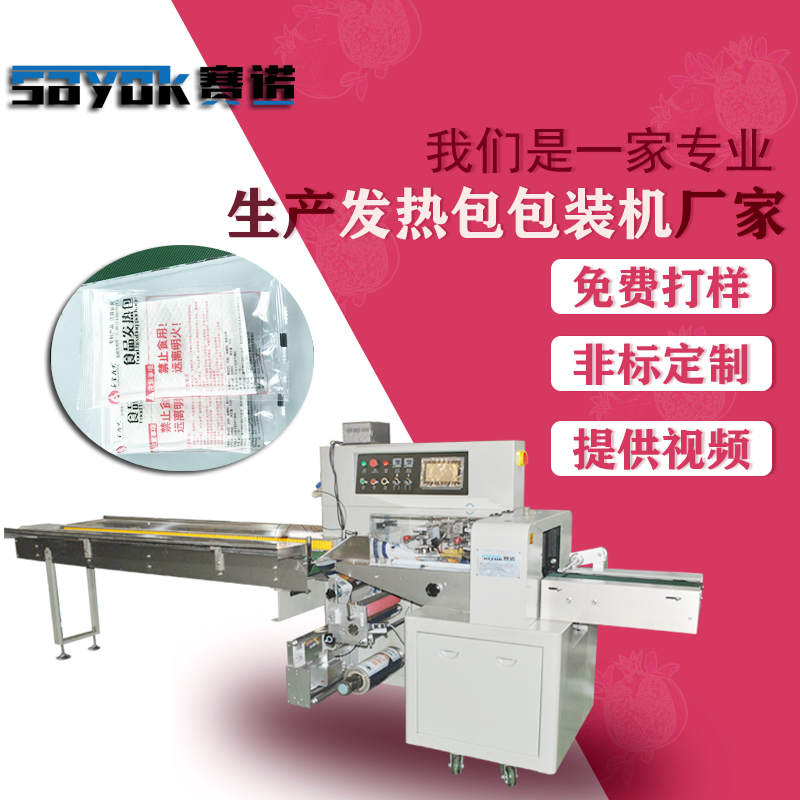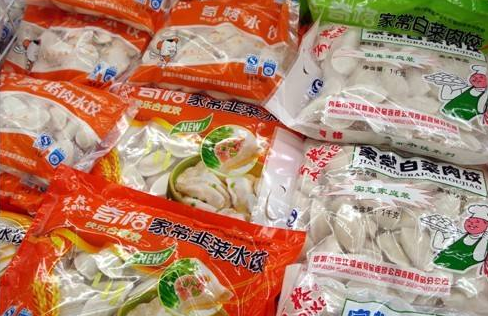In general, acids have a strong antiseptic effect. In fact, most effective and widely used preservatives are various acids such as sorbic acid, malic acid and propionate. These preservatives are more effective at low pH than at high pH. Among them, only parabens have an effective antibacterial effect when the pH is close to neutral.
(1) sorbic acid
The inhibitory effect of sorbate on the germination of Clostridium botulinum and Bacillus cereus spores has been confirmed on the medium.
Since sorbic acid antibacterial agents have not been found to have any toxic effects on humans as an additive, and the antibacterial spectrum is broad, it can be used in almost all foods having a pH lower than 6.0. Although sorbic acid is not widely used in baked foods, it is still useful because it inhibits fungal action more strongly than propionic acid and is still effective at higher pH. Just pay attention to the use, such as cakes, sweets, should be added as soon as possible, in order to evenly distribute. The amount used in the baked food is 0.03% - 0.30%. Good products are indispensable for good packaging appearance, and baked goods are even more so. Foshan Ketian packaging machine, specializing in the production of baked food packaging production line, can achieve customers' mass production demand, exquisite packaging appearance, so that your sales double.
(2) Propionic acid (Propionicacid)
Propionic acid is a colorless, transparent liquid with a pungent odor and is miscible with water. Its calcium salt and sodium salt are white powders, which have good water solubility and similar odor to propionic acid. Propionic acid and propionate are easily absorbed by the body and participate in the normal metabolic process of the human body without harm. It is recognized as a safe food additive in many countries around the world. The antibacterial effect of propionic acid is not as strong as sorbic acid and benzoic acid. Propionic acid mainly inhibits mold. In products produced by chemical starters, sodium propionate should generally be used, because calcium ions will affect the role of the starter. It is best to use calcium propionate in bread, because calcium can improve the nutrition of the product, and the dosage should not exceed 0.32%. Good products can not only have a good packaging appearance, but also baked goods. Foshan Ketian bread packaging machine, specializing in the production of baked food packaging production line, can achieve customers' mass production demand, exquisite packaging appearance, so that your sales double.
(3) Parabens
This is a white crystalline powder with a slightly narcotic odor. Parabens can be quickly absorbed in the human stomach, hydrolyzed in the liver and kidneys, resulting in the release of p-hydroxybenzoic acid directly from the urine or re-converted into p-hydroxy hippuric acid, glucuronic acid ester, and discharged in the body. Do not accumulate. It is therefore also a safe food additive. Parabens can destroy mold cell membranes and denature intracellular proteins. Its antibacterial effect is stronger than other types of antibacterial agents, and it has the best inhibitory effect on fungi. The inhibitory effect on bacteria is also stronger than that of sorbic acid, and it has a lethal effect on Gram-positive bacteria.
(4) Compound Preservatives The compound preservatives are compounded from a variety of materials and have the dual functions of improving quality and mildew resistance.
1) Bread preservative is a white to yellowish powder or paste with a dual effect of quality improvement and inhibition. The antibacterial spectrum is wide and the preservation effect is remarkable. Bread and clear cakes are generally mildewed at room temperature in the summer for about 2-3 days. Adding 0.2% to 0.4% calcium propionate can only guarantee about 4-5 days, while adding 0.2% bread. Preservatives, in the summer, can make bread for 10-30 days without mold, so that the shelf life of various breads is extended to 3-10 times, and it has a quality improvement effect. It can effectively improve the structure and increase the bread volume by more than 10%, which can eliminate or reduce the use of bread improver. It is used in baked goods such as bread, cakes, and snacks. It is easy to use. After the flour is stirred into a dough, add this product with butter and salt. This product can also be sieved with flour, mixed and mixed with other ingredients. The general use amount is about 0.2% of the total amount of flour, and it is sealed and stored in a cool place. The shelf life is two years, and the moisture agglomeration does not affect the use effect.
2) (Hurricane) cake preservative, white to yellowish powder. It is made up of potassium sorbate, sodium dehydroacetate, monoglyceride and grape acid-6-lactone in a certain proportion. Because of its large water and rich nutrients, Hurricane Cake is highly susceptible to microbial contamination and deterioration. The use of special preservatives for cakes can greatly extend the shelf life of cakes. The shelf life of ordinary cakes can reach 15-30 days, and the shelf life of Hurricane Cakes can reach 7-15 days. The method of use is simple, the ordinary cake can be added in any process when the egg is beaten, and the hurricane cake is added into the egg yolk, and the ingredients of the food can be evenly stirred. Use the amount to add about 2% of the flour. Store in a cool, ventilated place. The shelf life is two years, and the moisture agglomeration does not affect the use effect.
3) Egg yolk preservative, this product is white to yellowish powder. This product is made up of fatty acid glycerides and edible organic acid preservatives. The egg yolk is rich in nutrients and is highly susceptible to microbial contamination. The egg yolk pie without added preservative will grow mildew in 12 days in summer, adding general preservatives, and the shelf life is only about 30-40 days, which can't meet the shelf life requirements of manufacturers. Egg yolk preservative has a wide spectrum of antibacterial activity, which can effectively extend the shelf life of egg yolk pie, reaching 3-6 months. Efficient, non-toxic, stable, easy to use. The egg yolk preservative and flour of about 0.1% of the weight of the flour are evenly sifted and then evenly mixed with other ingredients to extend the shelf life of the egg yolk to 3-6 months. Stored in a ventilated, cool place, with a shelf life of two years, moisture agglomeration does not affect the use of the effect. It is best to use Kop/Cpp for the packaging material of the product, otherwise the water loss will be about 45 days in winter.





